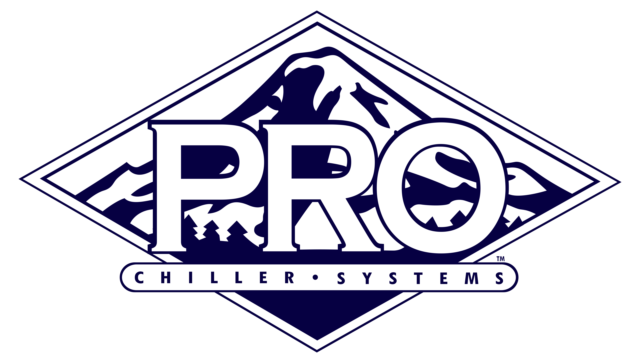In the coming decade, many dairies may evolve to cloud-based systems.
Cloud-based data management, when implemented correctly, should increase efficiency, productivity, communication and standardization among team members.
Accessibility
You can’t take your desktop computer everywhere. Yet, you can take your data everywhere with cloud-based technology.
Whether in front of cows on vet check day or your breeding technician cowside, you and team members can make data-supported decisions on the go. Consultants and managers of multi-site operations can check key performance indicators (KPIs) regardless of physical location. There is no lag time between when a backup is extracted and analyzed.
Some programs allow cowside data entry. Updates can be added on the main server as each task is completed. This reduces in-office data entry. Fewer manual entries equals fewer opportunities for human error and creates extra time to be dedicated elsewhere.
Live entry is also a compliance observation tool. With paper lists and pen checkmarks, it’s easy to “find all the cows.” Every cow scheduled for treatment appears to have received it, and compliance isn’t questioned. However, with electronic identification and cowside recording, you can oversee compliance more accurately. According to the time stamp, if a large cow group appears to be entered extremely quickly, or all at once, there is a chance those cows were not truly found for treatment.
Reporting consistent and accurate data
You likely have a monitoring dashboard, or standard set of reports, which helps benchmark current areas of opportunity and project herd performance. However, if the data behind the reports is incorrect or partial, you are getting a false sense of how things are going.
Incomplete data is not always lack of entry. It can be lack of consistent entry. People often enter items differently from one another. For example, if four people are entering health incidents, pneumonia might be entered four different ways. Therefore, you might not see all pneumonia occurrences in a report. A variety of entry standards can cause incorrect reporting and give an inaccurate reflection of your dairy.
Work with software providers to set up recording standardization, especially across multi-site operations. Automation for lists and protocols is also more readily possible with standardized data, which reduces labor inputs.
Data security and ownership
Reflect where primary business well-being indicators live for a dairy operation. It’s not just in accounting software. Herd and farming management programs often contain very sensitive business data. Is this information as carefully protected as your financial data? Do you own the data?
For every piece of digital data, there is a question of ownership between the party who stores it and the party who generates it. Many people don’t own their herd data. Often, the company hosting the information holds ownership rights.
Read your user agreements. These outline ownership, distribution rights and accessibility permission levels. As the customer, your proprietary data might also be a product for companies to sell. Surveillance capitalism is a consumer-driven marketing process where personal data is the commodity. For example, your Google searches help companies develop targeted social media advertisements based on your interests.
However, capturing consumer data is not always a bad thing. Consumers receive value with enhanced products and buying experiences created from user habits and needs.
Sometimes you knowingly distribute data using management software backups. Do you know where each backup goes after it leaves your operation? This can be difficult to censor. However, cloud-based programs are usually only accessible to people with login access, unlike with physical backups. With cloud-based programs, just delete login permission for an individual to remove their data access.
Equipment
Have you had an office computer decide to inopportunely end its career? Not a problem with cloud-based systems because you are no longer bound to a single device. Transferring data to a new computer is as simple as opening your internet browser and logging in. No data is lost from the old computer since data isn’t physically hosted on it.
The device used to access cloud programs is flexible. The only requirement is to be Wi-Fi accessible. For an employee team accessing data cowside, inexpensive cell phones with no data plans work well. Their data will refresh and transmit to the server once connected to Wi-Fi.
Software updates and enhancements no longer need to be downloaded as large files and installed. Updates happen when clicking your browser’s refresh button. This ensures your data is being handled with the most effective, up-to-date technology.
Implementation
With any on-farm technology, it’s important to align with tools that can be customized to your operation. Fancy gadgets need to be straightforward at the farm level.
Remember, technology is not the most important piece to your operation’s success; people are. For every proposed tool, understand how employees will act differently and what training is needed to create expertise in daily tasks. ![]()
Getty Images.

-
Mandy Schmidt
- North American Dairy Genetic Services Specialist
- ABS Global







